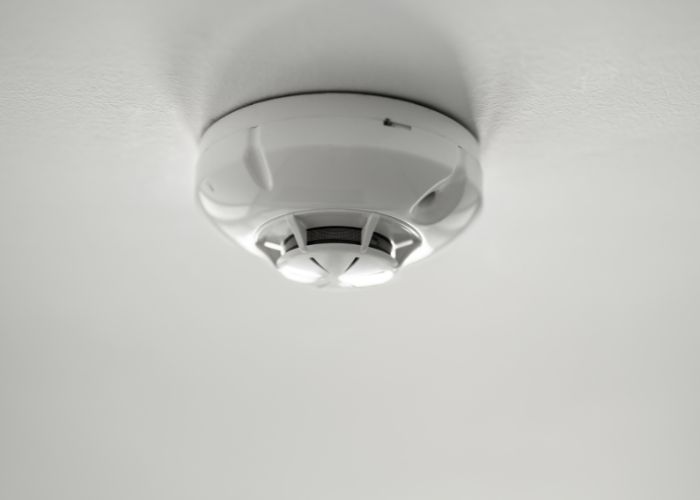Everyone is interested in home security, but securing a home doesn’t just mean locking the doors and windows and setting the alarm. Sometimes the worst home invaders are invisible. Certain gases can find their way into your house without you ever knowing. Many are colorless, odorless, and tasteless, and can sneak in through cracks and holes in the walls and foundation. Here are four kinds of gases that can threaten your home and what you can do to stop them.
Radon
Radon is also known as “the silent killer.” The byproduct of the breakdown of radium buried deeply underground, radon ordinarily rises through the earth, reaches the surface, and disperses.
Unfortunately, radon can sometimes enter a home in several ways and become trapped in the basement or the upper levels. Radon can also enter groundwater and become intermingled with it, leading to contaminated well water. When radon enters the lungs, it can damage them and lead to severe illnesses like lung cancer. However, radon’s presence is detectable with testers and kept at safer levels through sealing cracks in the foundation and installing a radon mitigation system.
Carbon Monoxide (CO)
Carbon monoxide is another common killer in the home. The first thing you probably think of when you think of CO is car exhaust. In certain circumstances, car exhaust from idling can infiltrate a home and create a hazardous situation. But carbon monoxide in a home is more likely to stem from a broken furnace or heater, a fireplace, or a gas stove.
Carbon monoxides effects are more noticeable than radon. Breathing it in can cause dizziness, nausea, headaches, and eventually death. Make sure appliances are in good condition and tested by a professional at least once a year and change filters regularly.
Formaldehyde
We usually think of formaldehyde as a tool used by funeral directors and taxidermists. But formaldehyde can show up in, of all places, building materials, cigarettes, fuel-burning appliances, and other sources. Paints, glues, adhesives, preservatives, and materials like fiberboard, plywood, and particle board can contain it as well.
It’s a readily recognizable smell, usually described as pickle-like or pungent but rarely pleasant. People with allergies and breathing issues may be more prone to bouts of eye, throat, and lung irritation in its presence. If formaldehyde is present in the home, you can combat it by keeping the air flowing. Look for building materials that have VOC (volatile organic compound) or VOC-free labels.
Nitrogen Dioxide
Here’s the last of our four kinds of gases that can threaten your home. Nitrogen dioxide can come from the burning of wood, coal, methane, oil, and diesel fuel. Ill effects of nitrogen dioxide include airway inflammation, coughing, wheezing, and asthma attacks. It’s easily identified by an ammonia-like odor, and more sensitive individuals display these symptoms.
Studies show that nitrogen dioxide may cause asthma in young children and causes health complications in pregnant people. Fortunately, nitrogen dioxide levels are lower than they were in the past, but it’s still worth watching—or smelling—out for.

















